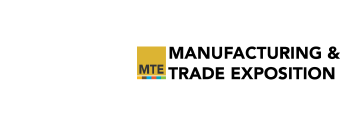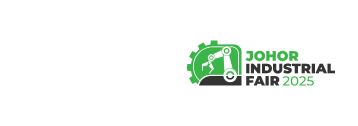- Utsource Holding Company Limited
- Home
- Products (39553)
- News
- Map
- Contact
- Web Statistic
- VISITORS:
Congratulations!
You��ve earned your daily login reward for today!
5 NP PointHere are the reward you��ve earned!
Check your Daily Login Rewards
Be sure to come back everyday for more rewards!
Thanks!
Determining the Polarity of a Thyristor
27-Aug-2025
A thyristor has three electrodes: an anode (A), a cathode (K), and a control electrode (G). From an equivalent circuit perspective, the anode (A) and control electrode (G) form two PN junctions connected in series with opposite polarity, while the control electrode (G) and cathode (K) form a single PN junction. Based on the unidirectional conductivity of the PN junction, use an analog multimeter to select the appropriate resistance setting and measure the forward and reverse resistance between the electrodes (for the same two electrodes, swap the test leads to measure the two resistance values). For a normal SCR, the forward and reverse resistances between G and K differ significantly; the forward and reverse resistances between G and K and A differ only slightly, resulting in a high resistance. This test result is unique, and based on this uniqueness, the polarity of the SCR can be determined. Use a multimeter with the R×1K setting to measure the forward and reverse resistance between the thyristor electrodes. Select the two electrodes with the largest difference in forward and reverse resistance. In the measurement with the smaller resistance, the black test lead is connected to the control electrode (G), the red test lead is connected to the cathode (K), and the remaining electrode is the anode (A). By determining the polarity of the thyristor, you can also qualitatively determine the quality of the thyristor. If the forward and reverse resistance between any two electrodes during the test is negative, the remaining electrode is the anode (A). Thyristors are divided into unidirectional thyristors and bidirectional thyristors, both of which have three electrodes. Unidirectional thyristors have a cathode (K), an anode (A), and a control electrode (G). A bidirectional thyristor is equivalent to two unidirectional thyristors connected in reverse parallel. That is, the anode of one unidirectional thyristor is connected to the cathode of the other, and its terminal is called the T2 terminal. The cathode of one unidirectional thyristor is connected to the anode of the other, and its terminal is called the T2 terminal. The remaining terminal is the control electrode (G).
1. Identifying a unidirectional or bidirectional thyristor: First, test either pole. If the pointers for both the forward and reverse measurements remain stationary (R×1), it could be A, K, or G, A (for a unidirectional thyristor), or T2, T1, or T2, G (for a bidirectional thyristor). If one of the measurements indicates tens to hundreds of ohms, it is a unidirectional thyristor. The red pen is connected to the K pole, the black pen is connected to the G pole, and the remaining one is the A pole. If both the forward and reverse measurements indicate tens to hundreds of ohms, it is a bidirectional thyristor. Then, turn the knob to R×1 or R×10 and test again. If one of the measurements shows a slightly higher resistance, the red pen is connected to the G pole, the black pen is connected to the T1 pole, and the remaining one is the T2 pole.
2. Performance Difference: Set the knob to R×1. For a 1-6A unidirectional thyristor, connect the red pen to the K pole and the black pen to the G and A poles simultaneously. While keeping the black pen attached to the A pole, disconnect the G pole. The pointer should indicate several tens to one hundred ohms, indicating that the thyristor has been triggered and the trigger voltage is low (or the trigger current is low). Then, momentarily disconnect the A pole and then connect it again. The pointer should return to the ∞ position, indicating that the thyristor is functioning properly. Set the multimeter to 1K and test the forward and reverse resistance values of each of the three legs of the thyristor, one for each leg. Note the value of the largest difference in forward and reverse resistance. The black pen is connected to the control pole, the red pen is connected to the cathode, and the other leg is connected to the anode.
Utsource Holding Company Limited 58474938-000-06-24-A
1111 Sullivan St Irvine, CA 92614 U.S.A.
Tel:
Email:
Website: https://www.utsource.us
Website: https://utsource.newpages.com.my/
Website: https://utsource.onesync.my/
Mexico
Eje Central Lazaro Cardenas No.13 Piso 1005 Col.centro C.P.06050 Mexico��D.F.
Tel:
Tel:
Email:
Germany
Germany.
Tel:
Tel:
Email:
Hong Kong
FLAT/RM 22 5/F WAH LUEN CENTRE 15-21 WONG CHUK YEUNG STREET FOTAN NT HONG KONG.
Tel:
Email:
Browse by : Home - Classifieds - Companies - Location - Tags - Products - News & Promotion - Job Vacancy - Mobile Website - Google - SEO Results
 US 8191
US 8191  BR 2538
BR 2538  AU 1405
AU 1405  CA 1366
CA 1366  TH 1290
TH 1290  SG 1220
SG 1220  JP 1212
JP 1212  MY 931
MY 931















